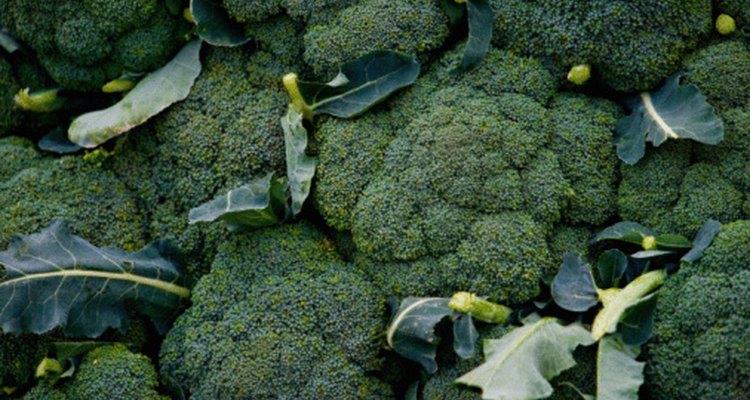
In food science, roughage is another word for fiber. It is a relatively tough dietary material, resistant to digestive enzymes. The vast majority of natural fiber is derived from plants and is composed of substances including pectin, lignin, cellulose, gum and inulin. What fiber lacks in nutritional value, it makes up for in other health benefits such as lowering cholesterol and blood sugar levels and helping digestive disorders. Generally, all vegetables contain fiber. Some vegetables that are high in roughage include artichokes, peas, broccoli and turnip greens.
Artichokes
According to the Mayo Clinic, one medium sized cooked artichoke contains 10.3 g of fiber. While the artichoke plant grows an average of 4 feet in height, the edible portion is the thistle-like flower bud of the plant. Artichokes are indigenous to the Mediterranean, first cultivated in Europe during the 1400s, and were introduced to America in 1800s by Louisiana’s French immigrants. The most prevalent variety of artichoke in the United Stated is Cynara scolymus -- the French or globe artichoke. Artichokes are botanically classified in the family Asteraceae, order Asterales, class Magnoliopsida, division Magnoliophyta.
Peas
One cup of cooked peas contains 8.8 g of roughage. Peas are a leguminous plant, which means that they are categorized in the botanical family Leguminosae and are technically fruit. The pod that peas are encased in serves as the dry fruit, with the peas themselves being dried “seeds.” However, they are universally viewed and accepted as vegetables, whose cultivation dates back to the Bronze Age. Originally, peas were commonly used for animal food. It was during the Middle Ages that peas began to be served as a table vegetable. They are classified in the family Leguminosae, order Rosales, class Magnoliopsida and division Magnoliophyta.
Broccoli
Broccoli contains 5.1 g of fiber per cooked cup. The most popular type of broccoli is the Calabrese variety, which is distinguished by its green head of densely packed florets. However, other assortments of broccoli include those that are purple or yellowish green in color. It is believed that broccoli is native to Asia and was first introduced to England in during the 1700s. Broccoli’s first appeared in America was in the 1900s. Broccoli -- whose name means "cabbage sprout" -- is categorized in the family Cruciferae, order Capparales, class Magnoliopsida and division Magnoliophyta.
Turnip Greens
Once cup of boiled turnip greens contains 5.0 g of roughage. Turnip greens are the edible leaves of the root vegetable turnip, which is also edible. Indigenous to Europe, the turnip is a cruciferous vegetable, belonging to the mustard or Cruciferae family, and is primarily grown in cool climates. Turnips are classified in the family Cruciferae, order Capparales, class Magnoliopsida and division Magnoliophyta.
Related Articles

Different Types of Fruits & Vegetables

Serving Size of Steamed Asparagus

List of Vegetables for the Paleo Diet
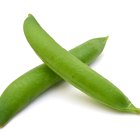
The Difference Between Dried Peas and ...

Which Vegetables Produce the Most ...

List of High Protein Vegetables

Bok Choy Nutrition
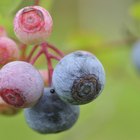
Nutrition Information on Blueberries
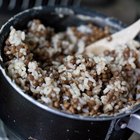
Rice & Lentil Diet

Types of Greek Fruits & Vegetables
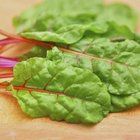
Vegetables to Eat While on the Medifast ...

A List of Foods That Contain Choline
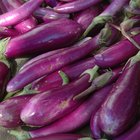
Different Names for an Eggplant

Nutritional Values of Vegetables ...
How to Preserve Kohlrabi

Why Are Date Fruits a Superfood?
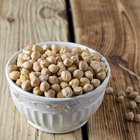
List of Vegetables That Contain Protein ...
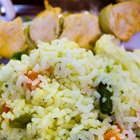
Steamed Vegetable Diet

What Is the Nutritional Value of ...

Information About the Orange Fruit
References
Writer Bio
Andrea Sigust began writing professionally in 1994, authoring user-friendly manuals, reference guides and information sheets while working at a hospital. After years of working in industries ranging from health care to telecommunications, Sigust became a writer. She specializes in the sciences and holds a Bachelor of Science in journalism from the University of Maryland.
Photo Credits
Jupiterimages/Photos.com/Getty Images